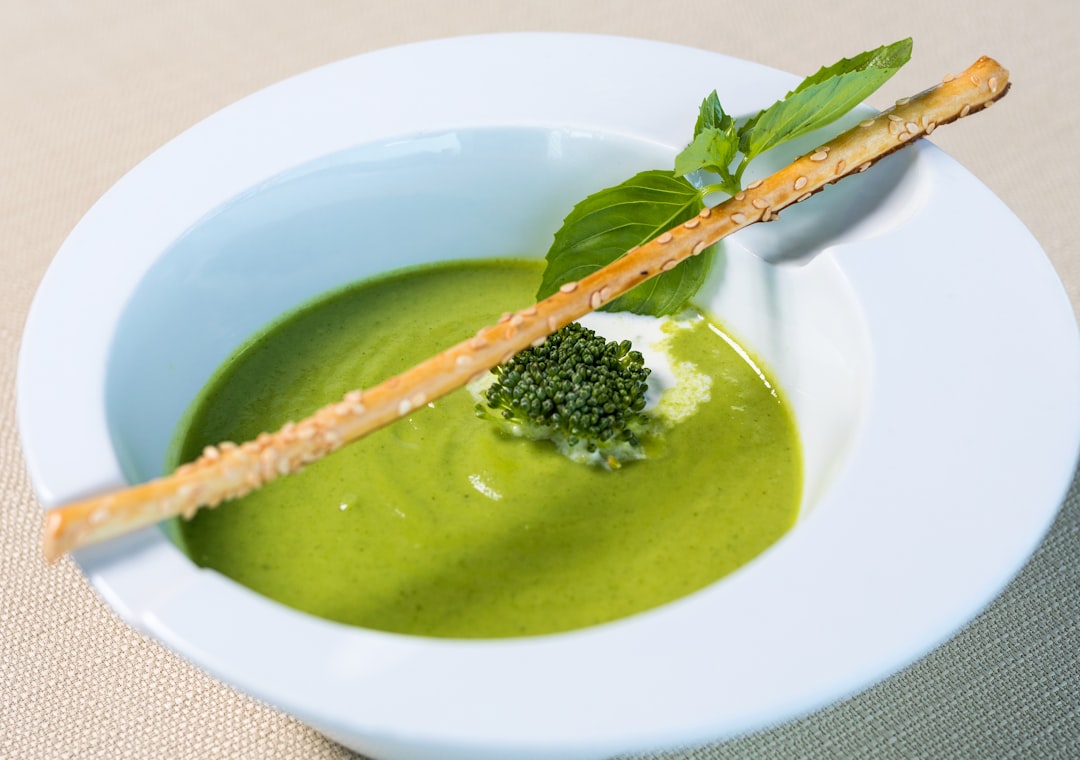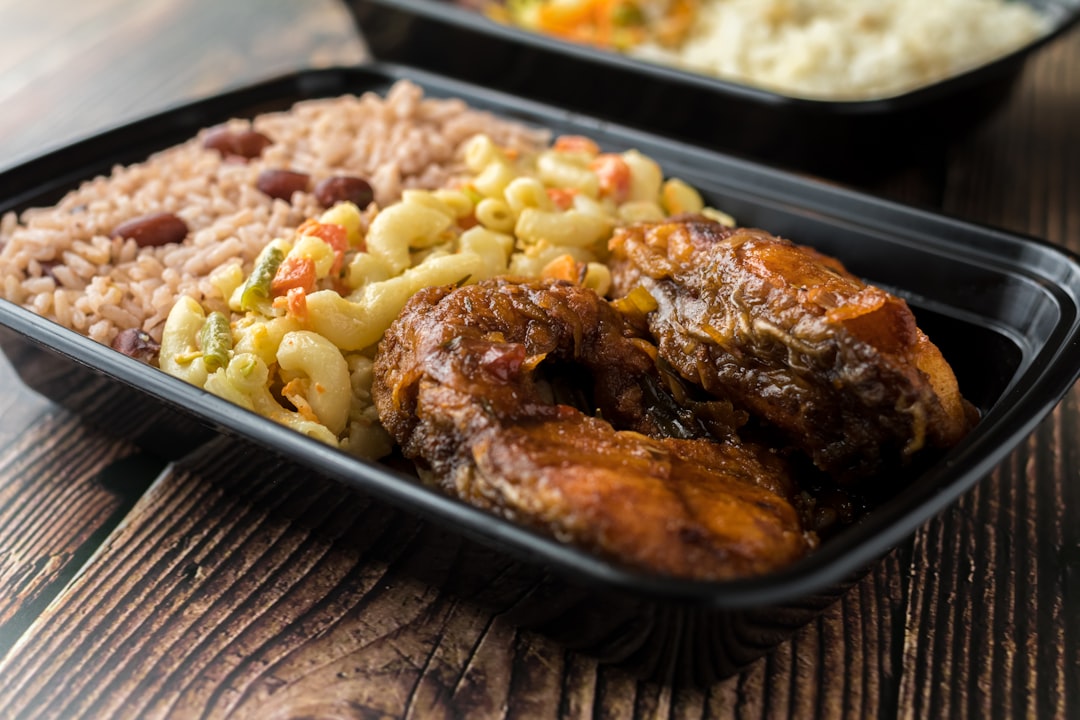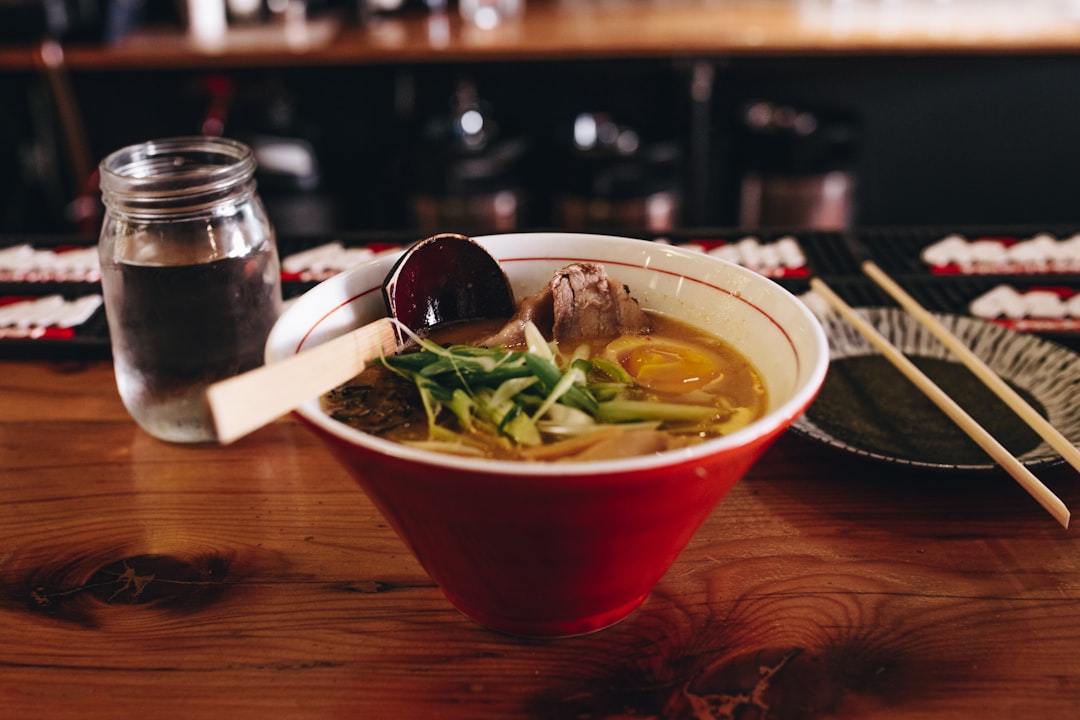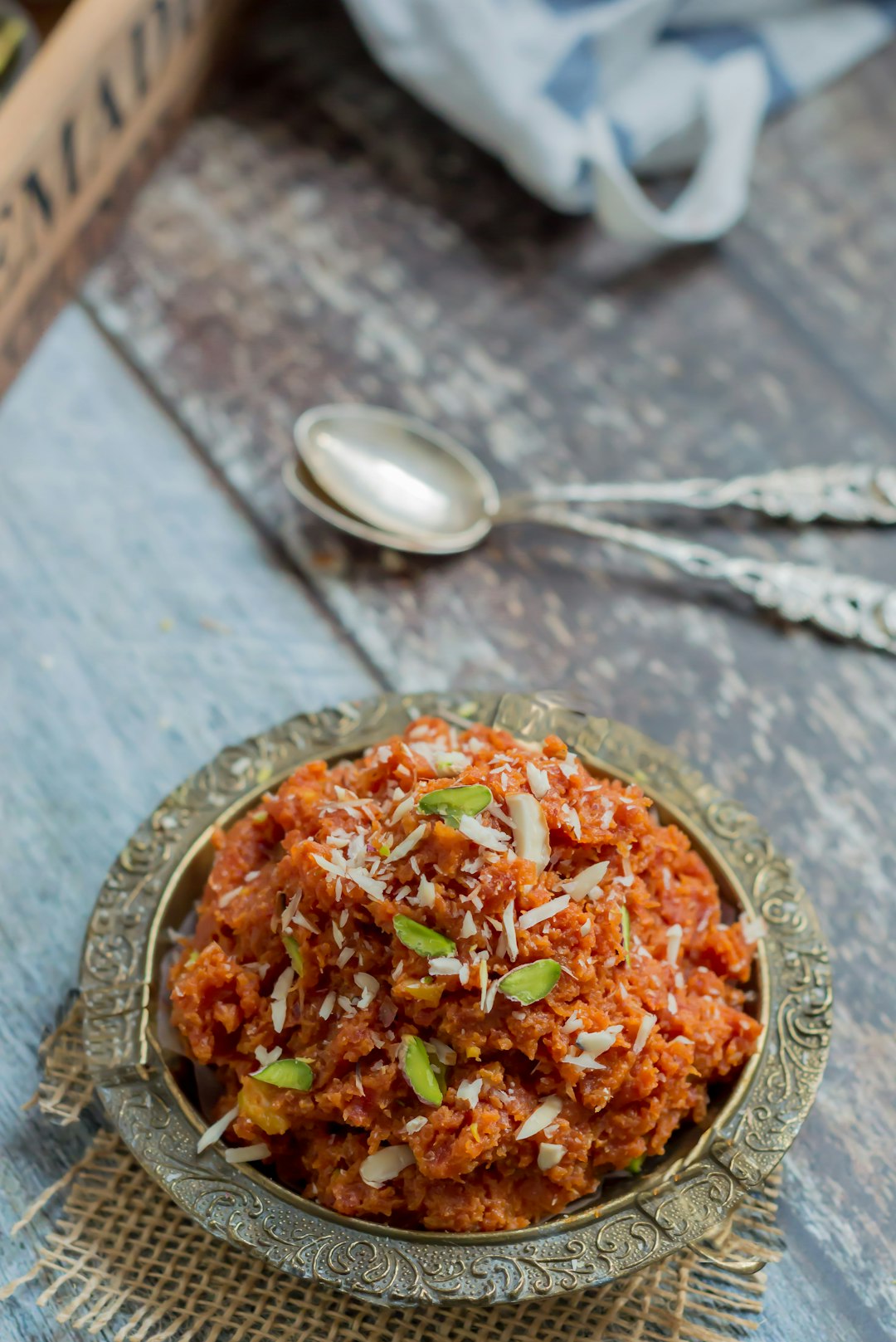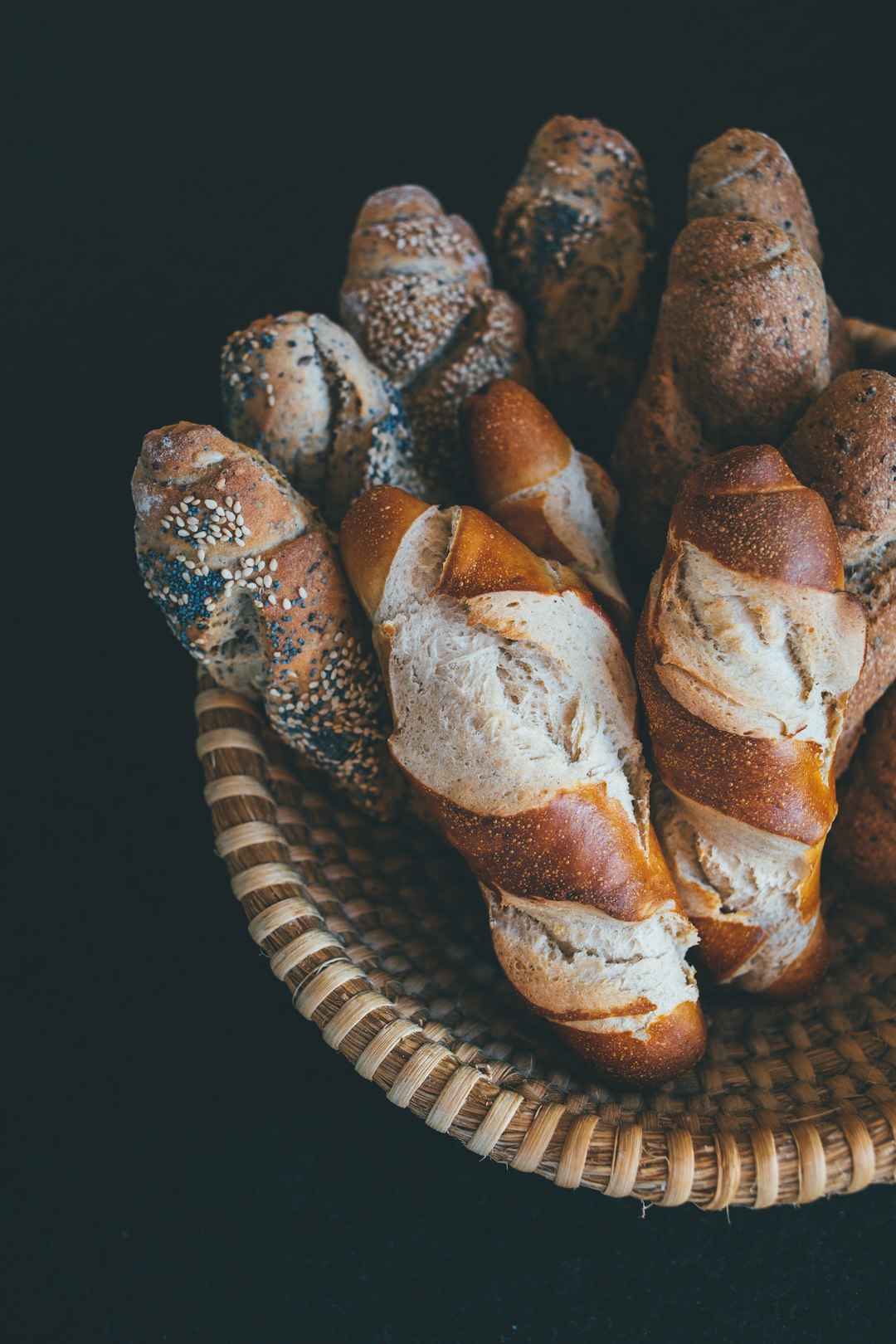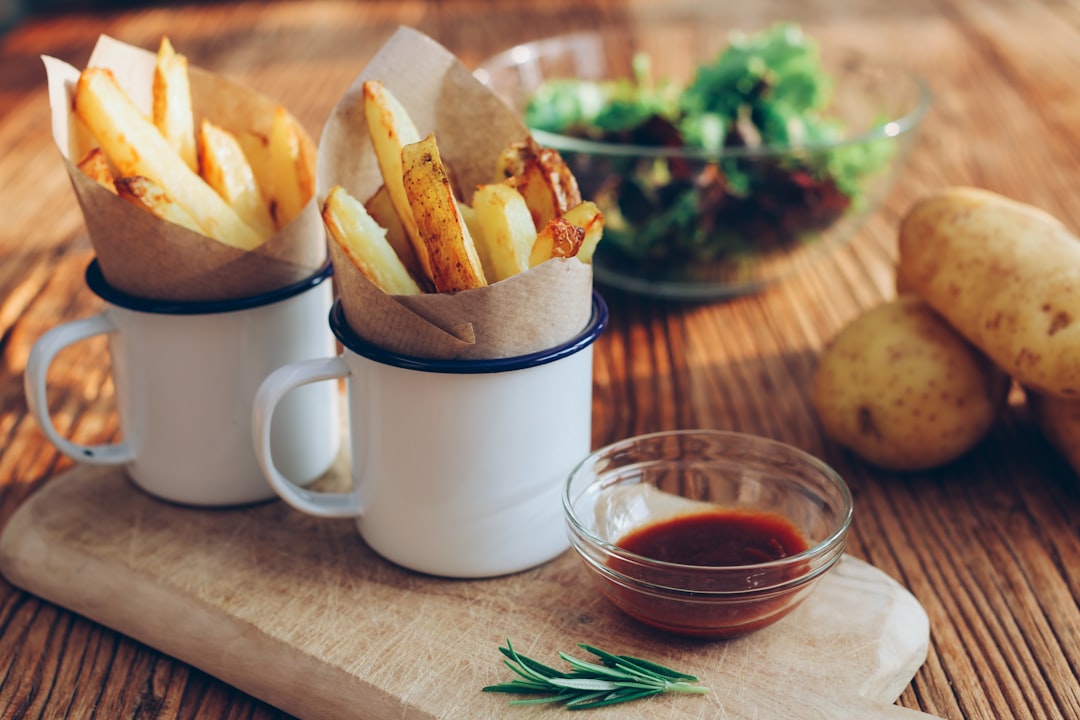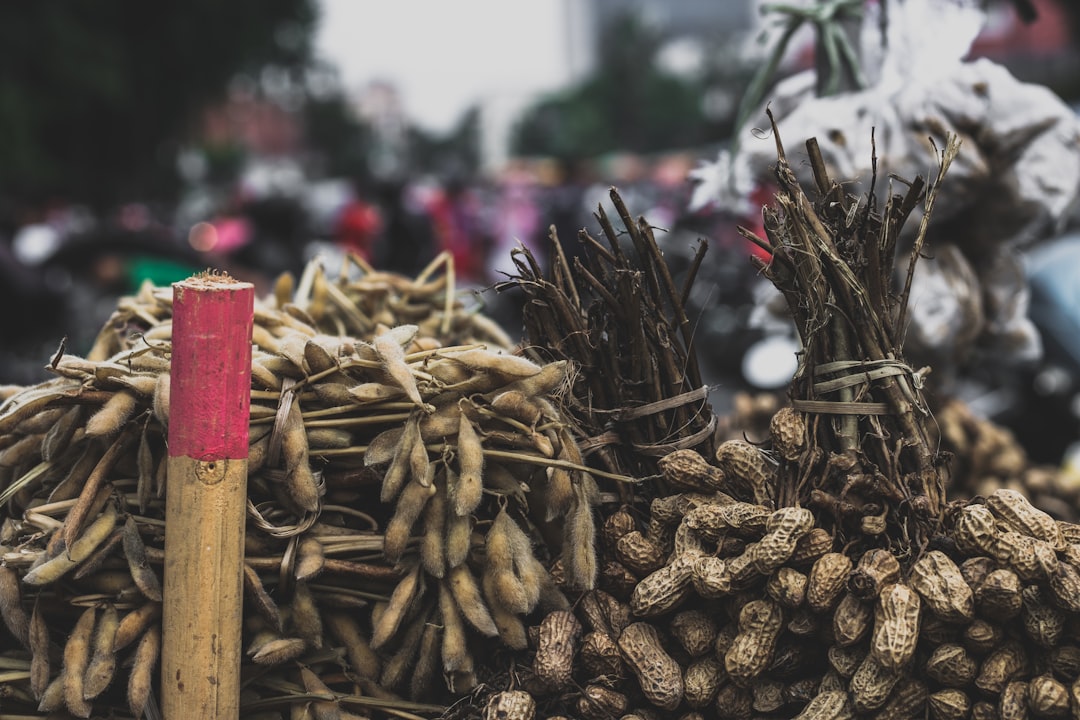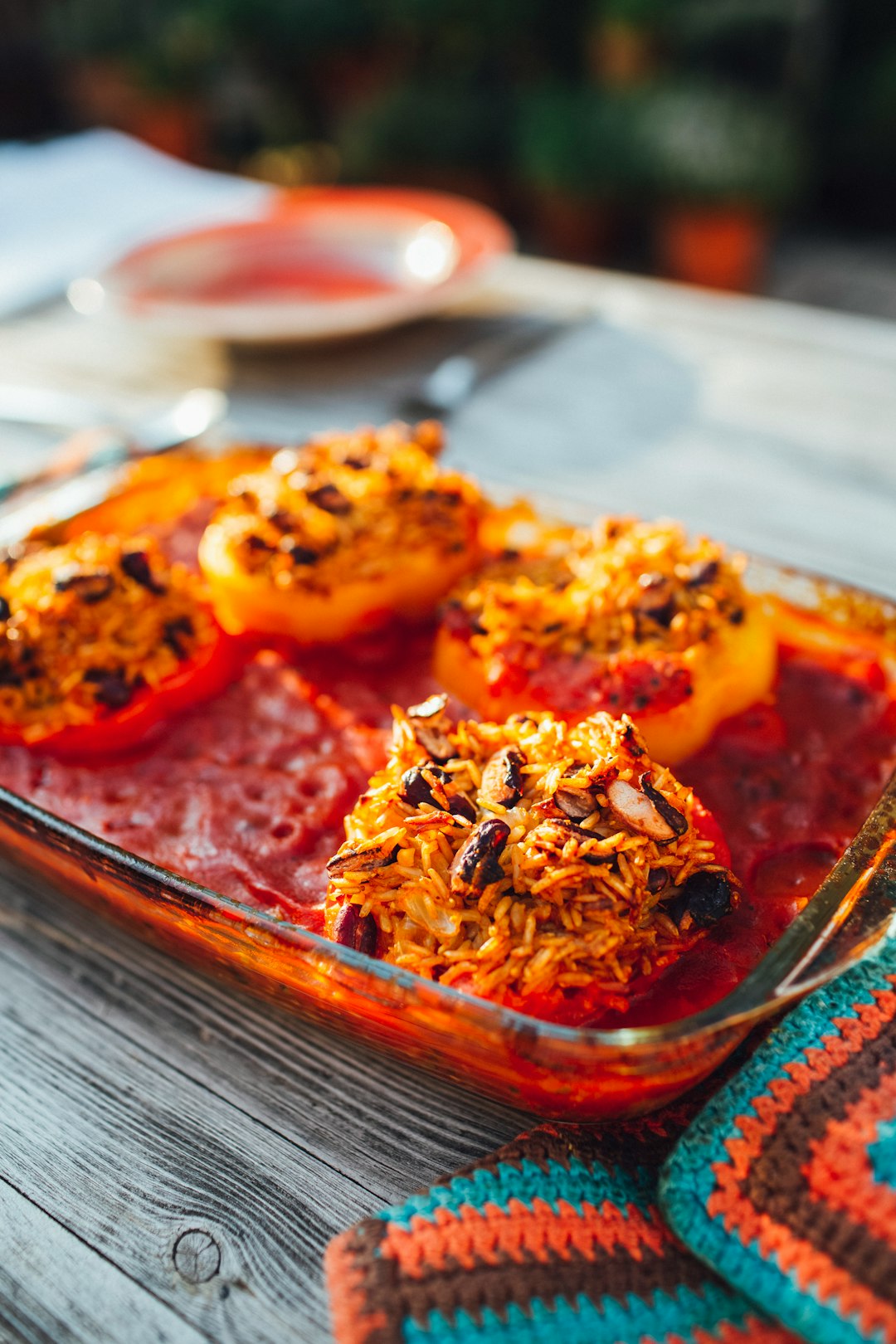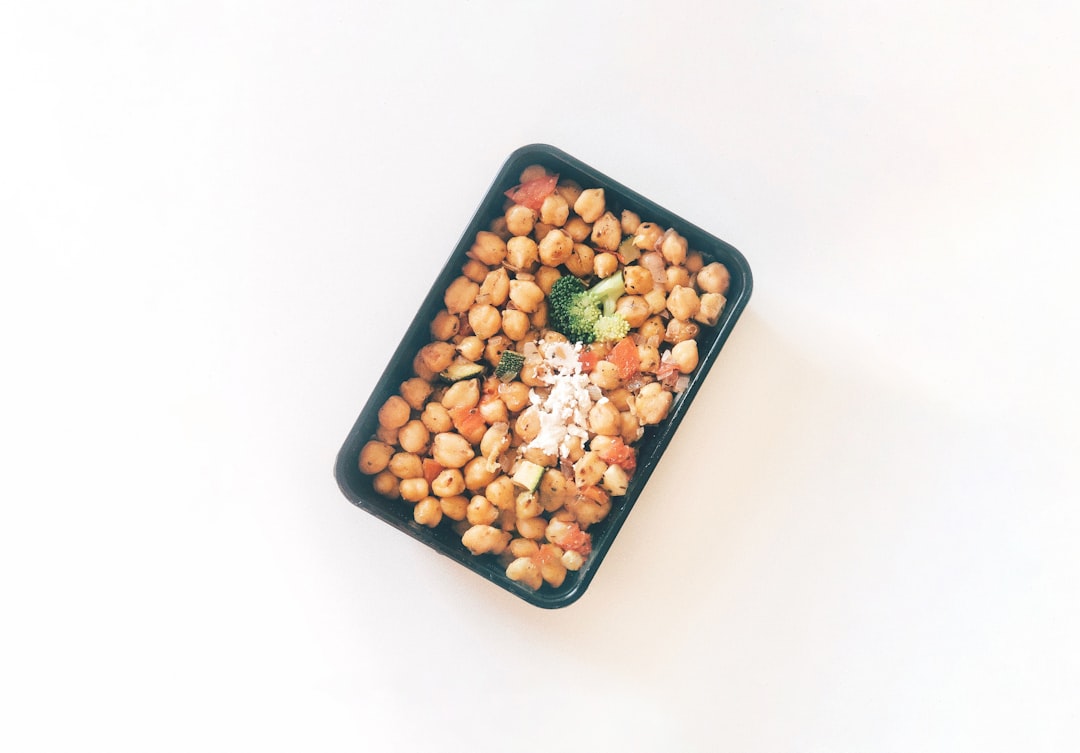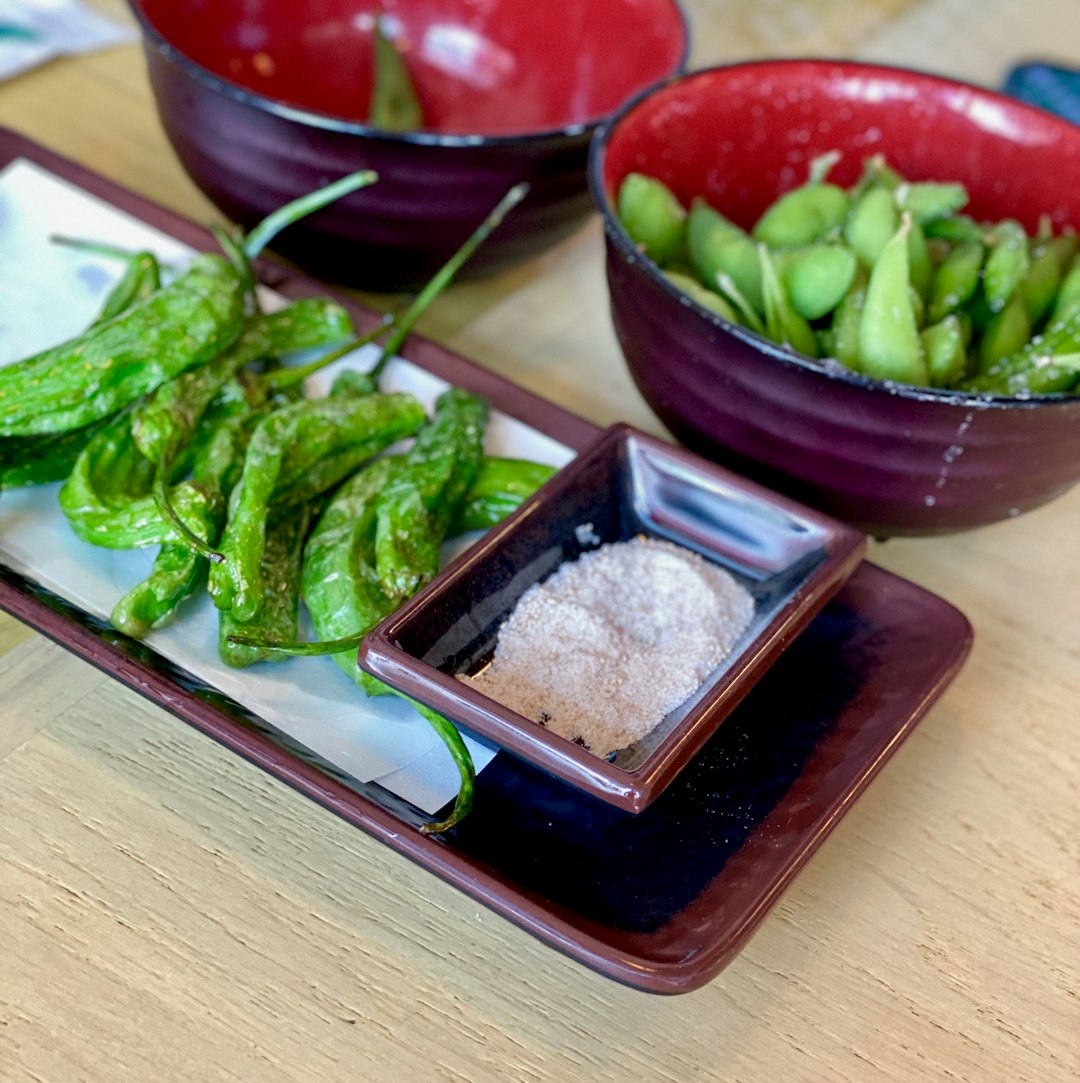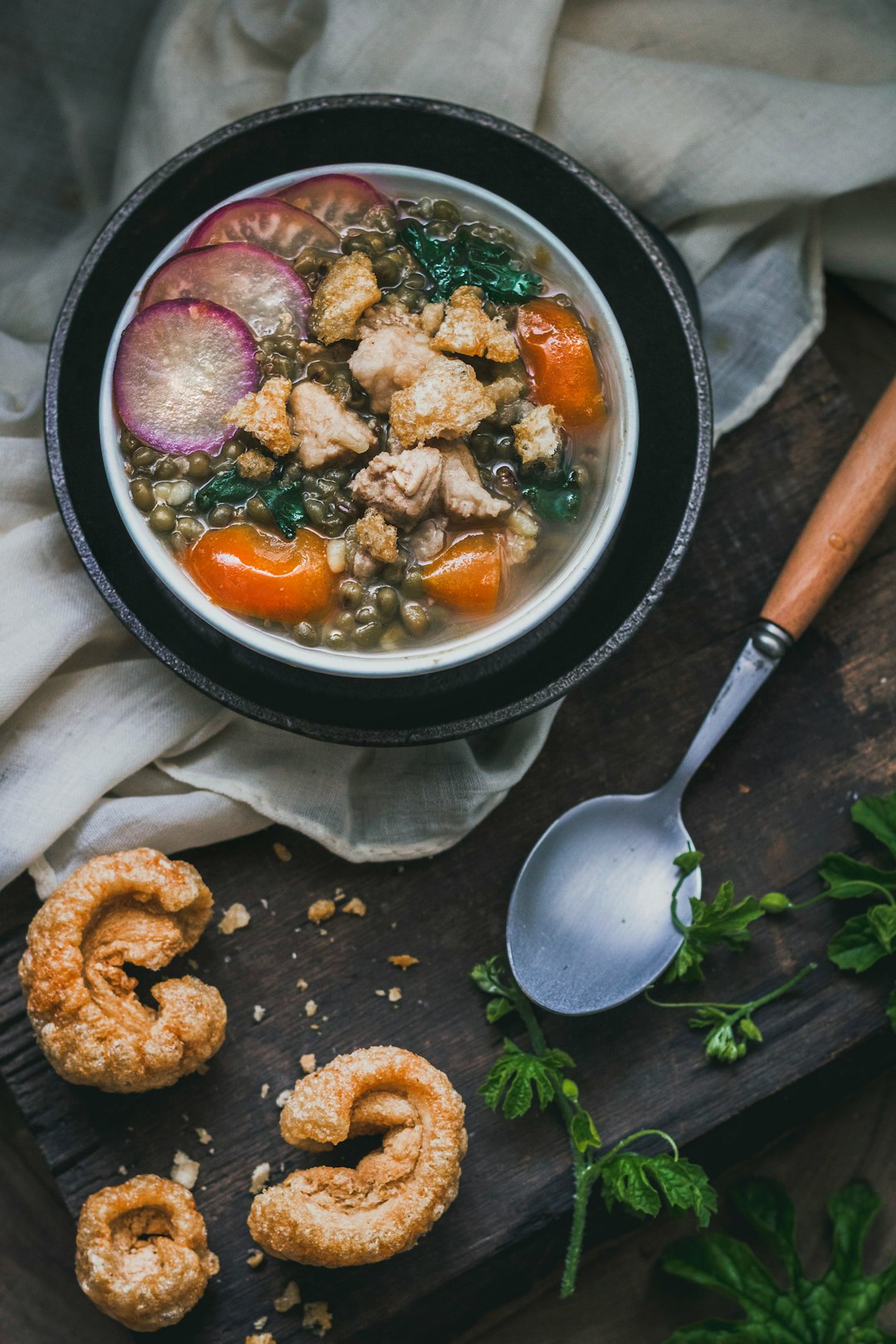Legumes
Not only are legumes highly nutritious, but they’re also very simple and inexpensive to prepare as well. They’re an ideal way to add protein, fiber, vitamins, and minerals to any meal; for example, Lentils are an excellent source of dietary fiber, B-vitamins, iron, magnesium, phosphorus, and proteins. In addition, you can make stews, soups, salads, curries, and more with legumes. You can even use them to create desserts, such as a black bean brownie.
Legumes are also an ecologically sustainable food choice, as they “fix” nitrogen back into the soil, which aids in crop rotation and provides an efficient fertilizer for other crops. Furthermore, legumes are an incredibly versatile ingredient that can be incorporated into almost any dish.
Whether used as a side dish, main dish, or filling for a wrap or burrito, legumes are an incredibly versatile food that can be enjoyed by everyone. Their robust flavors and textures offer a unique experience with every bite, while their health benefits make them a popular choice amongst health-conscious food lovers. From their remarkable nutritional content to their nutty and earthy flavor, legumes are a splendidly delicious and nutritious food choice for any kitchen.
Legumes dishes
A selection of Legumes dishes.
Minestrone
Ah, the classic Minestrone. This beloved dish is a staple among Italian households, and for good reason – it's delicious! To prepare it, one begins with a base of aromatic vegetables cooked in olive oil; these typically include onions, carrots, celery, garlic, and, oftentimes, tomatoes. This flavorful blend is then simmered with broth, usually chicken or vegetable stock, and further enhanced with a variety of fresh herbs – typically oregano, basil, thyme, and rosemary.
MinestronePea soup
Pea soup is one of those quintessential comfort foods that can soothe and satisfy even the pickiest of eaters. With its velvety texture, hearty flavor and delightful aroma, pea soup is a beloved dish that has been served for generations around the world.
Pea soupPork and beans
Ah, pork and beans, an iconic staple of American cuisine. One could even say it's a national dish of sorts, when you think of it, the savory scent of simmered pork and beans conjures up memories of summer barbecues and the warmth of familial gatherings. But the richness of this classic dish goes far beyond nostalgia and simple comfort food.
Pork and beansSenate bean soup
As the temperatures start to drop, Senate Bean Soup stands out as a classic comfort food at the heart of American dining rooms. This soul-satisfying soup has been around since the early 19th century when it was first served in the United States Senate's dining room. Even today, it remains a popular staple on many menus across the country.
Senate bean soupFabada asturiana
Ah, Fabada Asturiana. A delicious delight of the Asturian region of Spain, it is a soul-warming plate of beans and pork that beckons you to be consumed with gustatory pleasure. Unlike a typical bean dip or stew, Fabada Asturiana is a far more complex combination of flavors, mixing together a flavorful white bean, chorizo, morcilla (black pudding), shoulder, sausage and bacon with aioli, garlic and saffron to create a succulent combination of sweet and savory ingredients, all swimming in a broth of alluring aromatics.
Fabada asturianaJudd mat Gaardebounen
This humble dish, Judd mat Gaardebounen, packs a punch of flavor and soul despite its deceptively simple ingredients. To make it, bay leaves, pork shoulder, potatoes, white onions, and a healthy dose of lard are boiled together in a large pot to create an aromatic and soul-satisfying stew.
Judd mat GaardebounenFasole cu cârnaţi
Authentic culinary experiences are like treasured tales that unfold on our taste buds, offering a glimpse into the rich tapestry of a culture's heritage. Romania, a land brimming with captivating folklore and captivating landscapes, has its own gastronomic treasure trove to offer. Amongst the gastronomic symphonies that Romania orchestrates, one dish stands out like a star in the night sky - Fasole cu cârnaţi.
Fasole cu cârnaţiArroz con gandules
Savor the symphony of flavors that dance upon your palate as you delve into the culinary masterpiece known as Arroz con gandules. This enchanting dish hails from the sun-kissed landscapes of Puerto Rico, where it is revered as a cultural treasure and esteemed for its remarkable blend of history, tradition, and pure gustatory delight.
Arroz con gandulesBean chips
Delight your taste buds with a gastronomic journey like no other as we explore the enchanting world of bean chips. These extraordinary crisps, crafted from the humble yet versatile legume, encompass a plethora of flavors and textures that will leave your palate in a state of blissful euphoria. Embark on a captivating culinary adventure where crispy goodness meets nutritional excellence, elevating your snacking experience to unprecedented heights.
Bean chipsCocido madrileño
The tantalizing tapestry of Cocido madrileño, a hearty Spanish stew hailing from the sun-soaked plains of Madrid, represents the epitome of culinary mastery. This symphony of flavors and textures showcases a symposium of ingredients, masterfully interwoven to create a gastronomic opus that transcends ordinary dining experiences.
Cocido madrileñoPie and peas
Discover the hidden marvels of gastronomy as we embark on a culinary exploration of the revered dish known as Pie and peas. Brace yourself for a sensory symphony where robust flavors meld harmoniously, creating a symphony of culinary delights that will make your taste buds dance with joy.
Pie and peasRed bean soup
Red bean soup, a delightful concoction that transcends the boundaries of taste buds, weaves an intricate tapestry of flavors and textures. Like a symphony of sensations, this ambrosial dish dances upon the palate, tantalizing every sense with its mélange of richness and subtlety.
Red bean soupLegumes
Legumes - A Versatile and Nutritious Food
Legumes are a fantastic food item and one of the most versatile and nutritious foods available. Legumes come from a variety of sources - from beans and lentils, to peas and peanuts, legumes can be found in many forms. They are an excellent source of protein and essential vitamins and minerals, and can be easily incorporated into meals or snacks.
Legumes are incredibly versatile, and can be used in a wide variety of dishes. They can be cooked as a main course or added to salads or soups for an extra boost of nutrition. When preparing legumes, it is important to select the correct cooking method and texture to best suit the dish you are preparing. For instance, lentils can be boiled and mashed for a thick, creamy texture, while kidney beans can be simmered longer to create a starchy, stew-like texture.
For those looking to create a meal featuring legumes, there are plenty of excellent choices. One classic dish that pairs incredibly well with legumes is the popular Rice And Beans - a simple dish of cooked rice and beans, seasoned with spices such as cumin and chili powder. This flavorful dish provides ample protein and fiber, and is a wonderful vegan option. Another great combination is Green Beans And Peas - this pairing features blanched green beans, cooked until just tender, and topped with a flavorful mix of peas, mushrooms, and garlic.
Legumes are also a great addition to specific regional dishes. In Latin American cuisine, for example, the traditional black beans and rice is a crucial component to many dishes. This comforting meal of black beans, cooked on their own or added to a base of white or brown rice, is a delicious way to enjoy the robust flavor of legumes. In Mexican cuisine, Frijoles Refritos is a common dish, consisting of refried beans, onion, garlic, and various spicy seasonings.
Legumes are an incredibly flavor-packed and nutrient-dense food. From adding them to hearty soups and stews, to making fresh dips and spreads, legumes are a fantastic way to add unique flavor and texture to any meal. Enjoy them as a side dish, main course, or even as snacks between meals!
History of Legumes
Legumes, those delectable little morsels often found in salads, soups, and other assorted dishes, have always been a favorite amongst health enthusiasts and food lovers alike. But where did these little delicious delights originate?
Remarkably enough, legumes’ origins can be traced all the way back to the Neolithic era, when they were first harvested by semi-nomadic hunter-gatherers. During this time, legumes were utilized as both a source of nutrition and an integral part of religious rituals. The beans were cooked over a fire, typically in a clay pot, and then ground into flour for bread or soup. These early legumes were probably consumed raw as well, much like we do today.
It wasn't until the Bronze Age that legumes truly began to expand their culinary acclaim. Many of the earliest written records refer to them being prepared as far back as 3000 BC. The Egyptians, Babylonians, and Greeks all heavily relied upon legumes for daily sustenance and medicinal remedies. In Greece, legumes even eventually made their way into athletic competitions, as athletes would consume chickpeas and fava beans to gain energy and strength.
From the classic Greek and Roman eras, legumes proliferated across Europe and Asia, adapting to different climates and local cuisines. They were eagerly sought out by farmers, traders, and merchants, who transported them to markets and fairs; and are now an integral part of many traditional dishes.
We're thankful that our ancestors discovered and cultivated these little gems so we can enjoy them today. Legumes offer a multitude of health benefits and can be used in an array of sumptuous dishes. So the next time you tuck into a sumptuous bowl of lentil stew or indulge in a creamy bean dip, take a moment to appreciate the long and interesting history of legumes!


